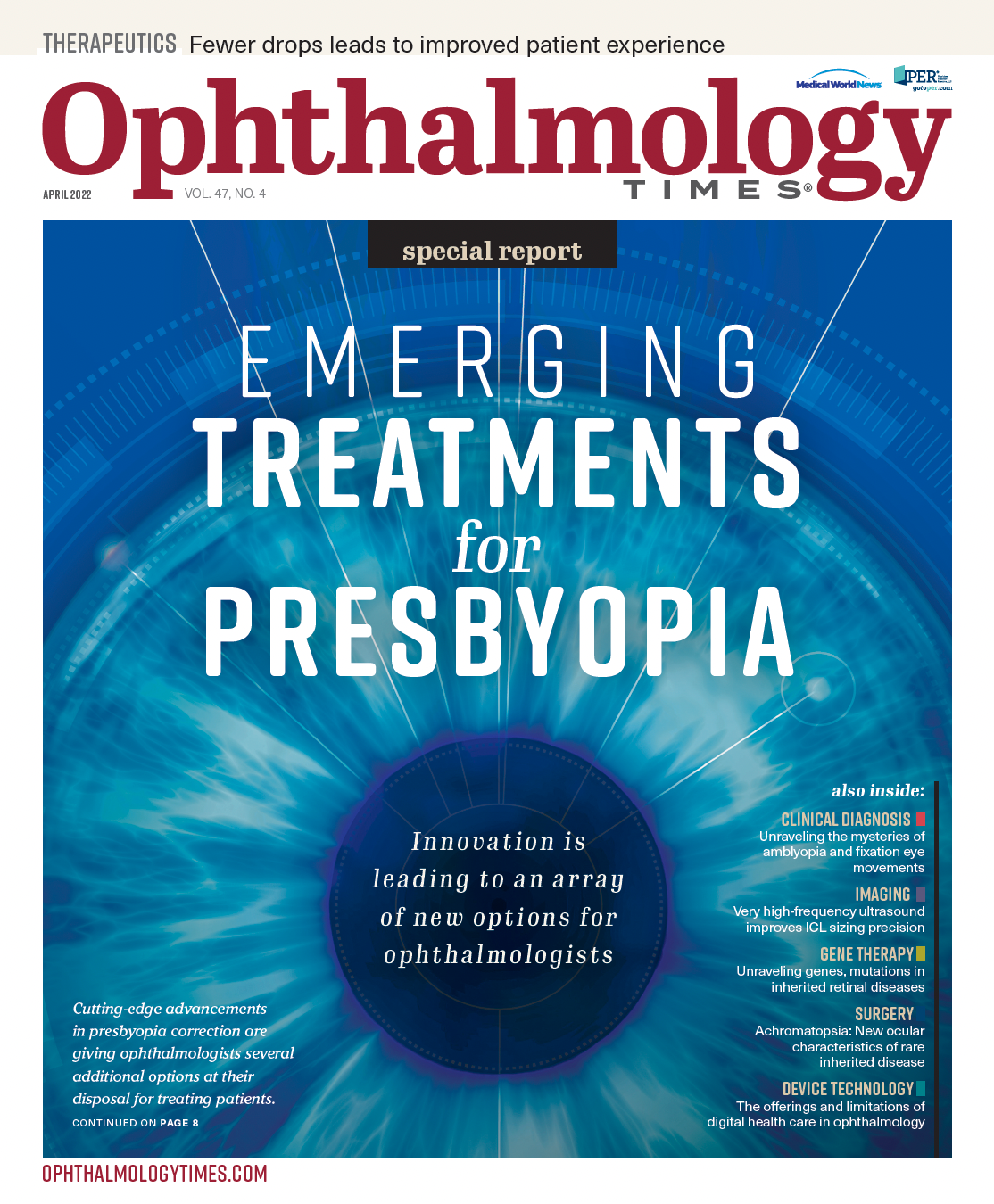Publication
Article
Digital Edition
Digital patient engagement tackles the labor crisis, improves the patient experience
Author(s):
For health care workers, the pandemic has led to increased burnout, concerns about workplace safety, and staffing shortages that threaten not only patient care but also the entire provider ecosystem.
The detrimental effects of COVID-19 changed health care possibly forever. Patients are demanding more control and a safer, more simplified experience. For health care workers, the pandemic has led to increased burnout, concerns about workplace safety, and staffing shortages that threaten not only patient care but also the entire provider ecosystem.

Approximately 30% of health care workers are considering leaving their profession altogether and approximately 60% reported impacts to their mental health, stemming from their work during the COVID-19 pandemic, according to a 2021 survey conducted by the Washington Post and the Kaiser Family Foundation. This unprecedented labor shortage trend is also expected to continue through 2022 and beyond, according to predictions released by Moody’s Investors Service.
Consumerism and the labor shortage
The far-reaching impact of this labor shortage begs the question: What can hospitals and physician practices do to alleviate patient and staff fears, continue delivering an outstanding experience, and protect their financial viability? The choice is easy. If nothing is done or progress is made slowly, they risk the fate of Blockbuster Video. Embracing technologies that other industries have used for decades to solve similar challenges will more than likely lead to greater productivity, satisfaction, and financial success.
The simple truth is health care consumers of all ages now expect digital solutions that enable them to engage with their care as easily as they book travel or shop online. Giving patients the digital tools to self-serve will directly reduce staffing pressure experienced by every health care provider in the nation.
There is also value for hospitals; by utilizing patient-facing technology, facilities can increase patient volume and related revenue, improve efficiencies, and decrease costs.
Automating self-registration and myriad other tasks associated with appointments reduces the burden on existing staff, freeing them for higher-value tasks, which also creates a clearer path of advancement for entry-level staff, contributing to lower attrition and recruiting demands.
Bridge staffing gaps with smart technology
Patient access typically requires a small ecosystem of staff—all of whom are in alarmingly short supply right now. By adopting proven technology and automation, providers can reduce the resources they need and dramatically increase the productivity of the staff they do require. Consolidating systems and deploying 1 comprehensive platform that complements the clinical tools of an electronic health record enables the flexibility for patients and staff to share responsibility for completing the financial and administrative aspects of health care. Integrating intuitive solutions for digital patient intake, engagement, and access creates a true win-win.
Give patients what they want
Implementing technologies that leverage adaptive rule engines, robotic process automation, and artificial intelligence into the patient intake, engagement, and access processes doesn’t just reduce the labor resources required—patients prefer the experience because they’re used to it in other aspects of their lives. Easy-to-use text messaging, email, and voice technologies, along with highly intuitive digital-user experiences on their own devices, help automate and simplify the patient journey safely from preregistration to discharge. Benefits include the following:
- Self-registration saves time, eliminates errors, and increases satisfaction by allowing patients to provide, review, and edit demographic information, upload identification and insurance cards using their mobile phone’s camera, and digitally complete and sign other forms for preregistration and registration/check-in.
- Patients get accurate out-of-pocket cost estimates they can trust to make payments with a single click, which alleviates their financial anxiety and optimizes cash collections and revenue for providers.
- Health care facilities can communicate timely preservice information, such as fasting reminders and directions to the site of care, and conveniently add the appointment to the patient’s digital calendar.
- Predefined and custom text messaging can acknowledge patient arrival and provide a QR code that serves as a pass to quickly enter the facility and go directly to their service location, making long, crowded waiting a thing of the past.
Patients want access to digital engagement solutions that create a safer and more customer-friendly experience, whereas providers must be nimble to adapt to labor and staffing challenges and reduce costs. Thankfully, it’s never been easier to deliver singular solutions that address both.

Newsletter
Don’t miss out—get Ophthalmology Times updates on the latest clinical advancements and expert interviews, straight to your inbox.




